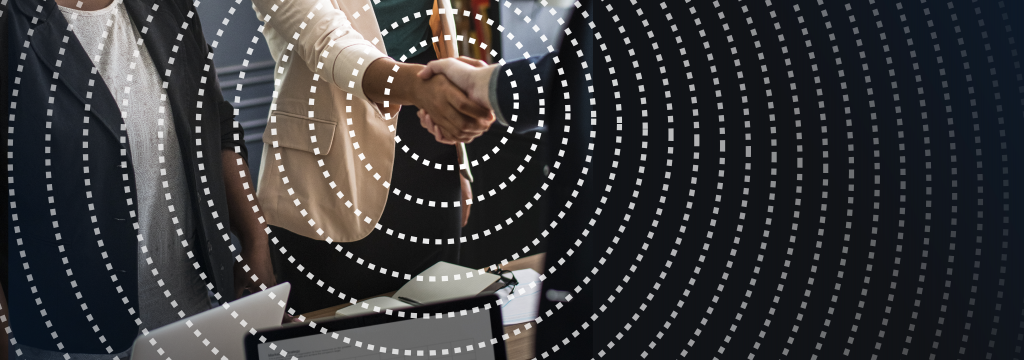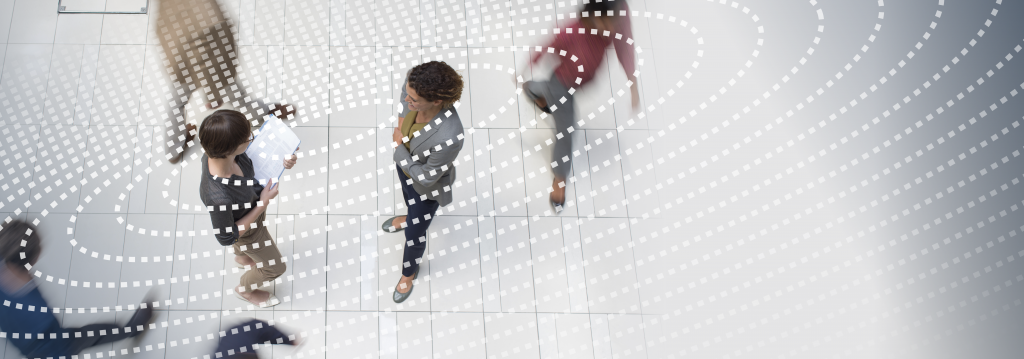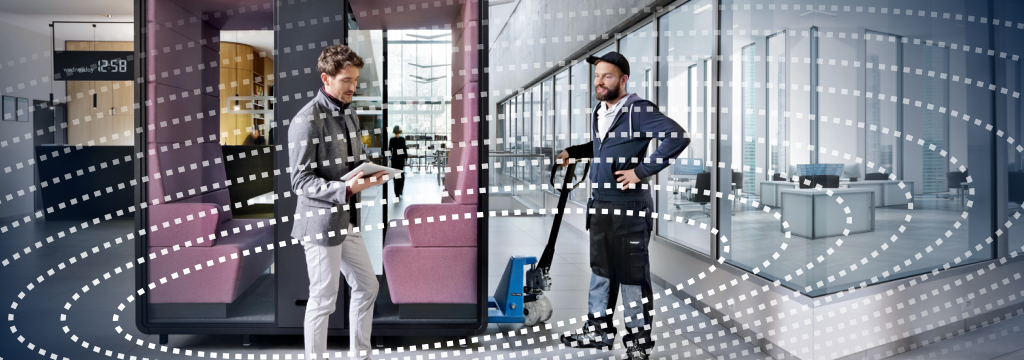Elizabeth Hyde of PLASTARC shares some tips for working with new levels of decision making.

It’s a conundrum observed by many: in the U.S., the average tenure of an employee falls between two and four years, yet the average office gets updated every seven to 15. The negative implications of these out-of-sync cycles abound. The past decade, however, has seen a progressive redefinition of roles in the strategy, design, and management of workplaces. While decision-making may have once been restricted to steering committees or (likely, finance) executives in distant corporate headquarters, it is expanding to involve professionals who interact with end users every day. They might even be end users themselves!
Voicing the Future: A Hybrid Model
Cutting across traditionally siloed departments like HR, IT, and Facilities, a new generation of experts has emerged to drive the development of people-centric environments. The upshot of this broadened participation? A more representative collection of voices is shaping occupant experience, supporting real-time responsiveness, and enabling better-served workplaces as a result.
The landscape before them surely appears uneven following society’s mass transition to telework. Nevertheless, today’s knowledge-workers have demonstrated that they can operate from almost anywhere—separately or together—so long as they have access to the right infrastructure. This learning can inform priorities within the now-ascendant hybrid office, which strives to combine the strengths of collocated and distributed work. Moreover, striking a balance between these respective modes has become more readily achievable thanks to mobile phone booths and privacy pods, whose flexible features equip individuals with personal choice.

Occupant Experience: Something For Everyone
For many, a return to office—at least, partially—is on the horizon. Though obstacles to work-from-home have undoubtedly been lopsided in their impact, remote set-ups have allowed for an unprecedented degree of control over one’s immediate surroundings. Consequently, people have grown accustomed to tailoring atmospheres to their own specifications, determining factors like room acoustics without requesting permission or facing down bureaucratic red tape. They may have also capitalized on breaks in meetings to place an online order or two. A few minutes post-purchase, it’s back to scheduled programming—or is it? Can we really toggle so neatly between the treatment we receive as output-oriented members of the workforce versus retail patrons whose every demand has a customer service solution?
It’s unlikely.
In fact, plenty of employees who’ve been asked to reenter physical workspaces expect the equivalent of a consumer-grade experience in order to lure them back. A wide selection of offerings. Possibilities for customization. Seamless technological integration. Frequent touchpoints. There is no silver bullet for delivering on all of these fronts. Be that as it may, the incorporation of versatile products like privacy pods can signal a shift away from a one-size-fits-all approach of the past and toward one that promotes optionality and autonomy.
On the front end, this might occur via the range of models, materials, and color schemes from which to pick—not only when ordering from the manufacturer’s catalogue but also post-installation, when people are able to rotate among a variety of settings throughout the day. On the backend, further opportunities to fuel change exist, albeit less visibly. For instance, pods often contain presence and motion-activated sensors, thereby generating a steady flow of grabbable statistics that are ripe for analysis. Insights garnered around usage trends and anomalies alike can reveal intervention points for improving performance—perhaps of a single workstation, initially, but soon enough, to the benefit of all who interface with it.

Real-Time Responsiveness: Transparency Through Data
Who else is commuting in this morning? What’s the indoor air quality like with outside temperatures rising? When was the nook I am settling into last cleaned? Workers have pondered as much for years. Only recently can they anticipate a willingness from leadership to address these questions in quantifiable terms, and increasingly, to take into account their reactions to answers provided. In other words, new standards for organizational transparency and responsiveness have evolved, and they’re here to stay. Both streams of information—metrics related to space utilization, building systems, and occupational requirements, as well as people’s opinions around them—put forth data that can be mined to identify meaningful patterns.
No matter how compelling some figures may be, we cannot count on numbers alone to dislodge internal politics or to bridge gaps between stakeholders. For that, we must pursue a transformation of culture, a reevaluation of who exactly gets to weigh in on how things are run.
As philosophical as this proposition reads, concrete steps can be implemented to ground it in reality:
- first, take note of employees’ expressed needs;
- next, introduce office furnishings that are easily moved and modified;
- then, invite a spirit of experimentation and shared ownership over them;
- finally, prepare to closely monitor, act upon, and openly discuss the ensuing outcomes.

Better-Served Workplaces: An Ecological Perspective
What does this look like in practice? It can start with noticing those in search of greater seclusion and shepherding them toward pods with corresponding levels of soundproofing enclosure, such as those crafted by brands listed here including Hushoffice. While these structures may call for minor adjustments in between users, time spent accordingly should be normalized to ensure ergonomic comfort and suitability for different tasks. From there, it’s about establishing a continuous feedback loop—one that directly and indirectly draws on the collective intelligence of the workplace to guide its decision-making processes.


